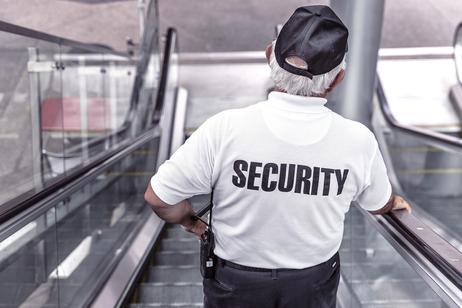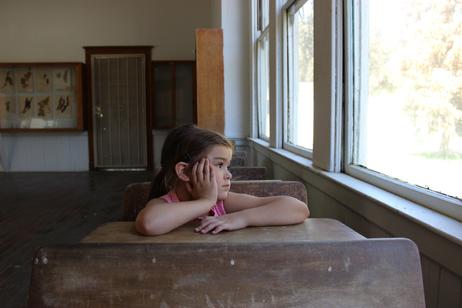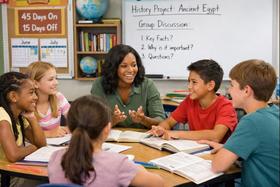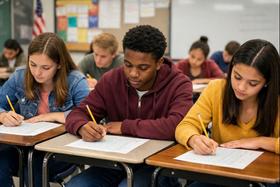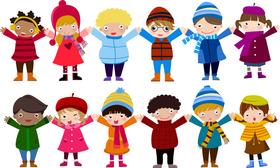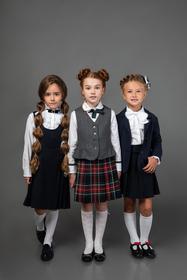Public School Boundaries and Equity in 2025
Public school boundaries are far more than administrative lines—they are powerful levers that shape who gets access to quality education, which communities benefit or suffer, and how equitable opportunities will be in the decade ahead. In 2025, as districts across the United States grapple with demographic shifts, funding challenges, and rising scrutiny of equity, the way boundaries are drawn and redrawn is under renewed attention.
This article retains the original framework—defining boundaries, exploring their impact, reviewing trends and challenges, and proposing strategies—but updates data, policies, and real‐world examples through a 2025 lens.
What Are Public School Boundaries?
Public school boundaries, also known as attendance zones or enrollment zones, are the geographic lines drawn by school districts that determine which public school a student will attend based on their address. They serve multiple functions:
Assign students to schools to manage enrollment and capacity
Reflect district priorities in transportation, community cohesion, and resource allocation
Implicitly influence demographics, socioeconomic balance, and access to programs
In practice, boundaries act as gatekeepers: who can walk, who must bus, and which students gain access to high-performing schools or specialized programs.
How School Districts Draw Boundaries—and Why That Matters
Districts typically use a mix of factors when establishing or adjusting boundaries:
Population density and growth projections —


